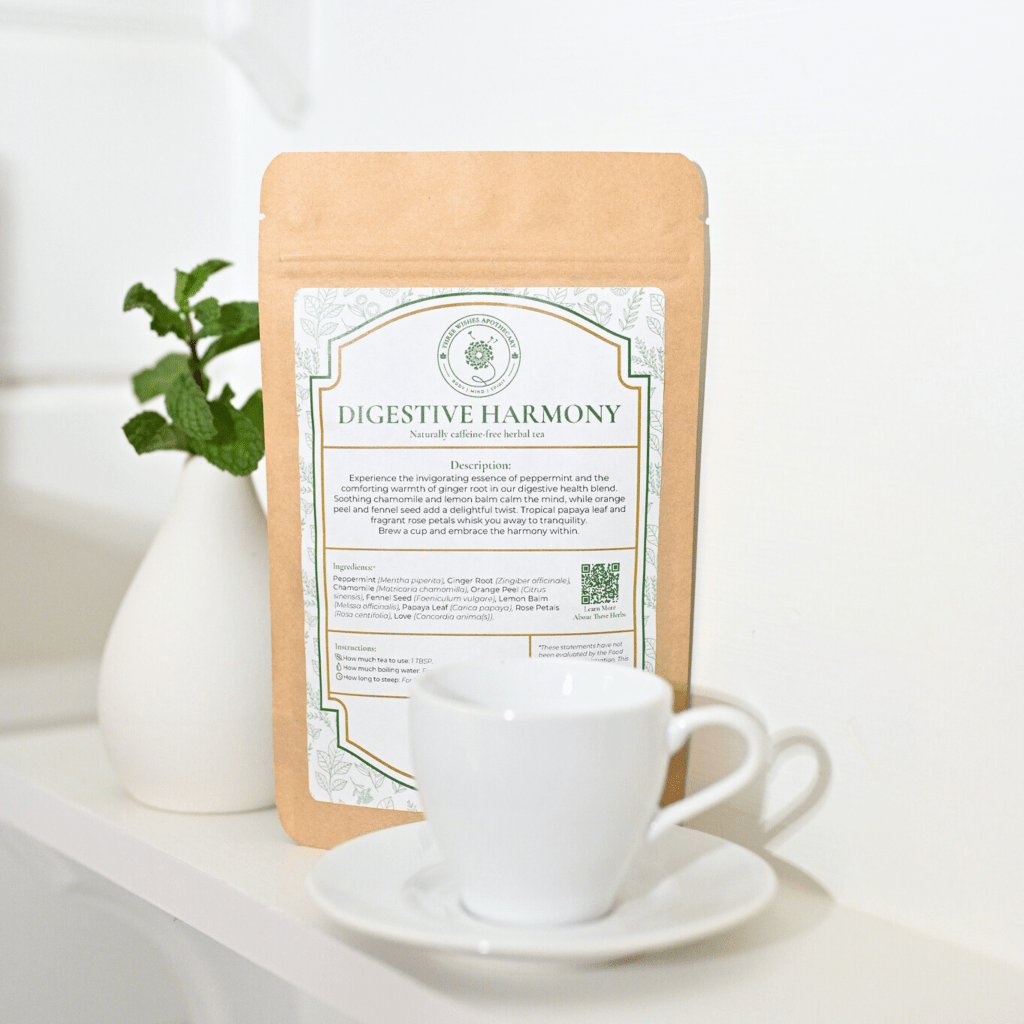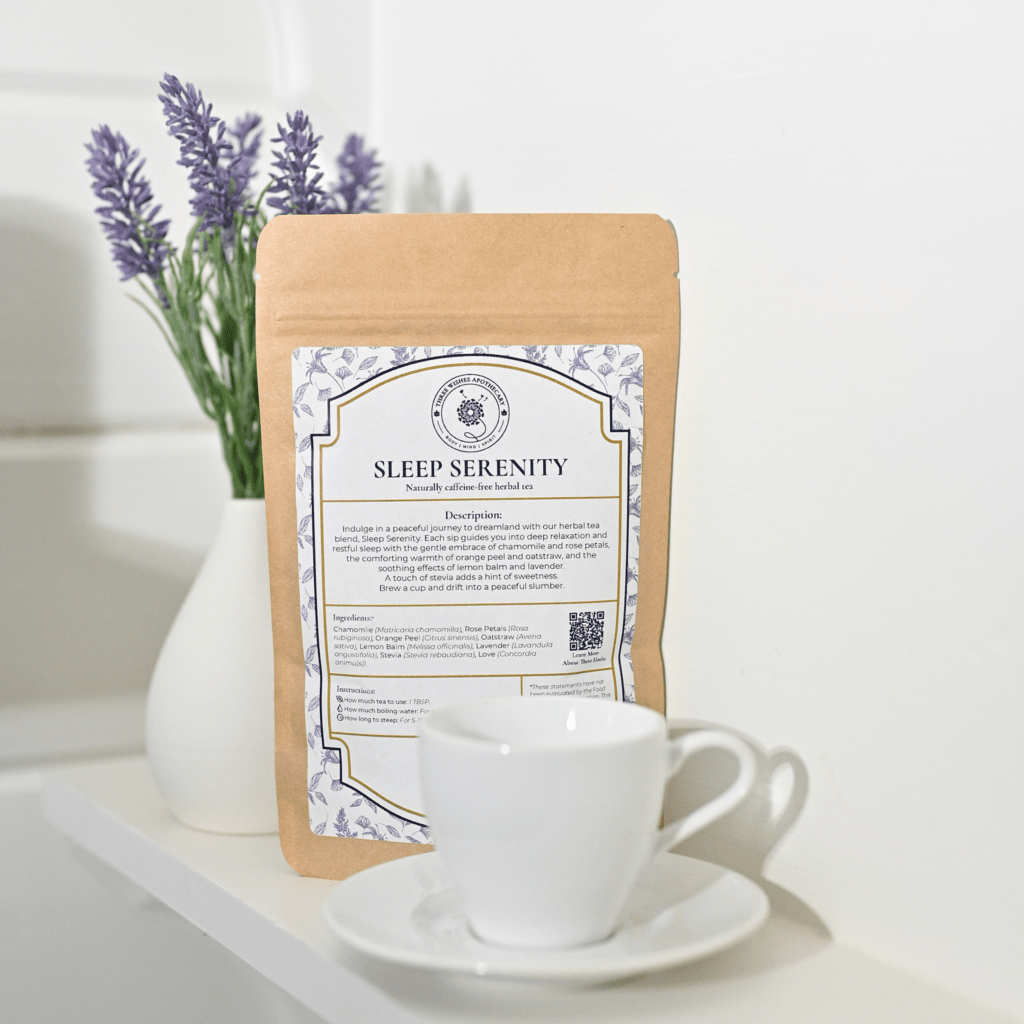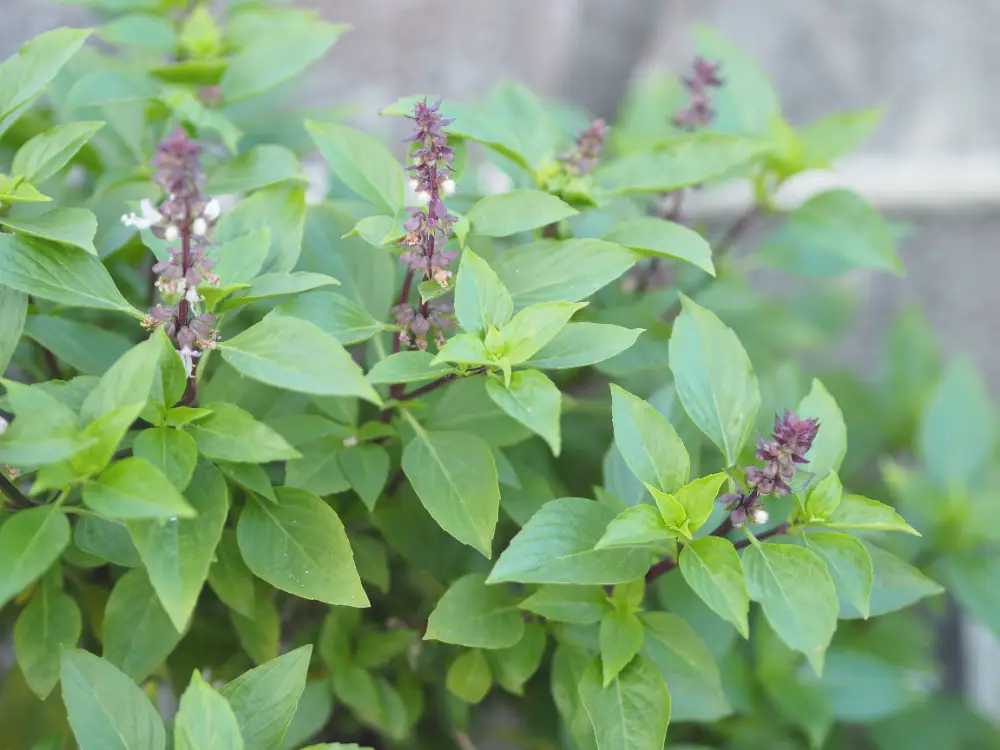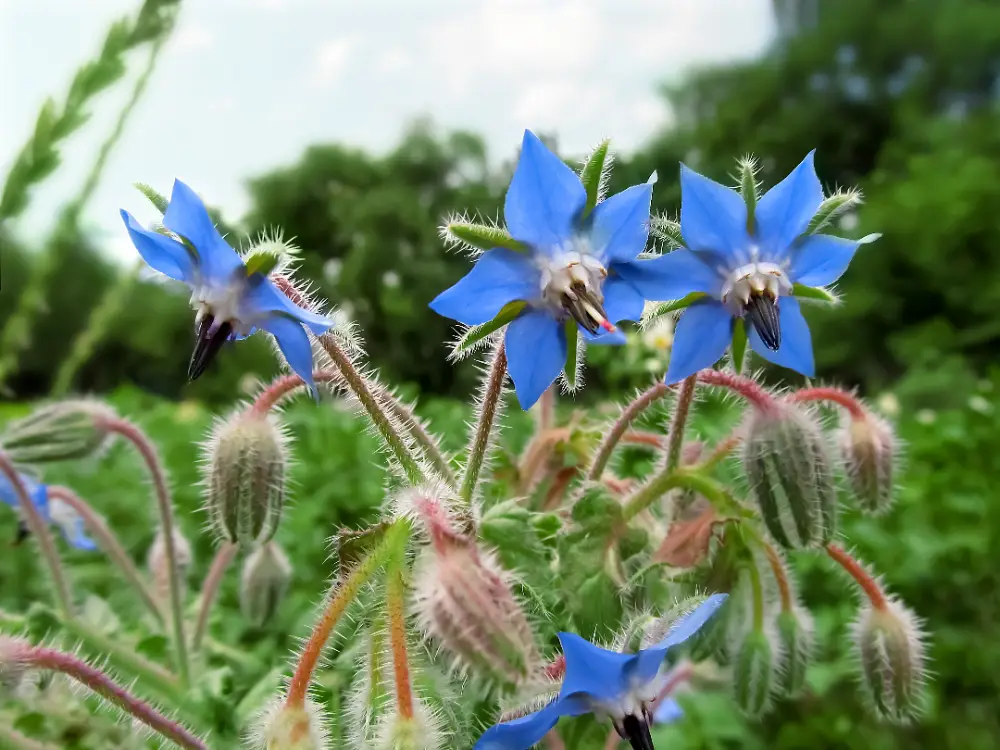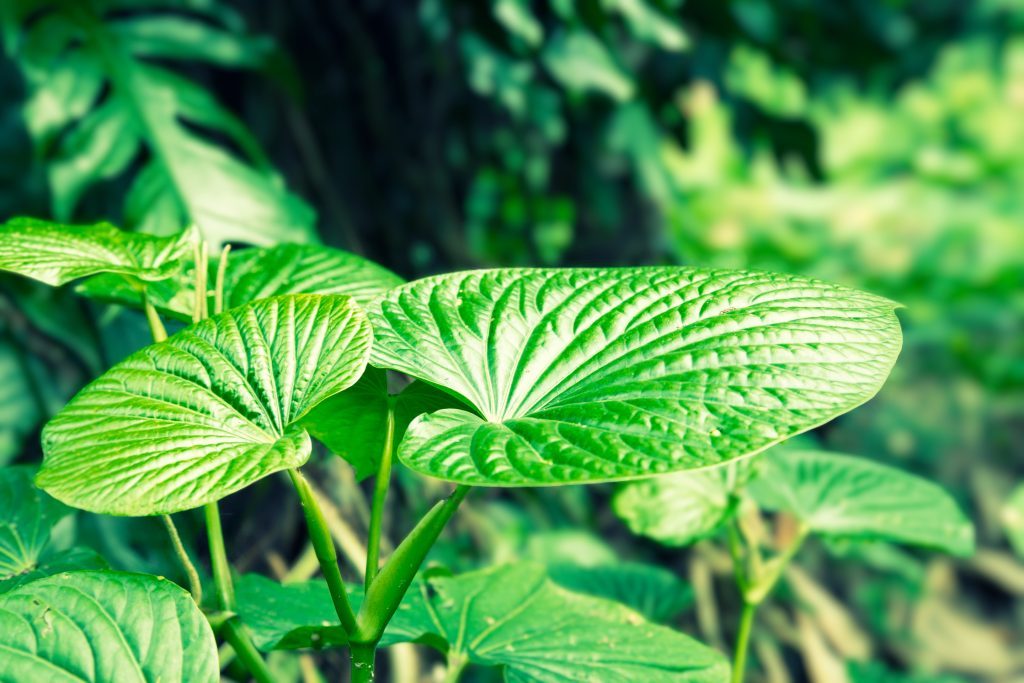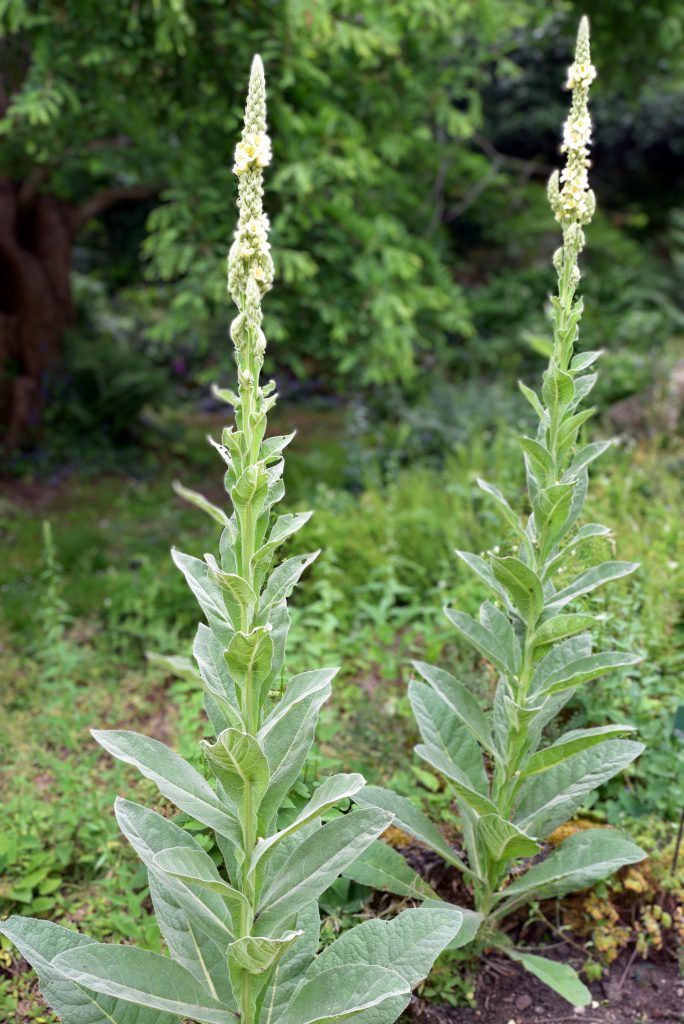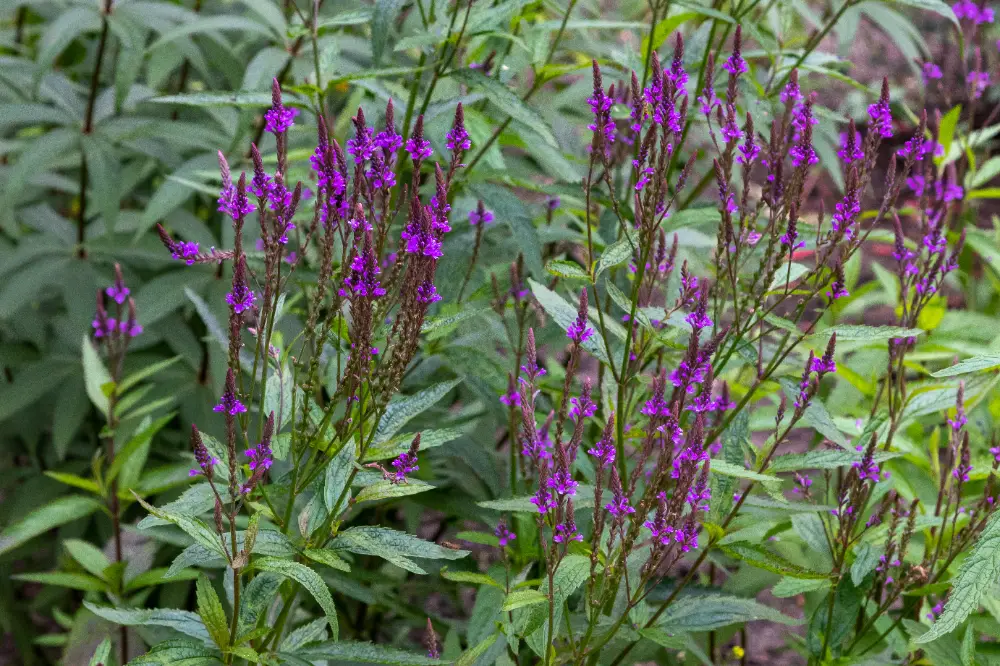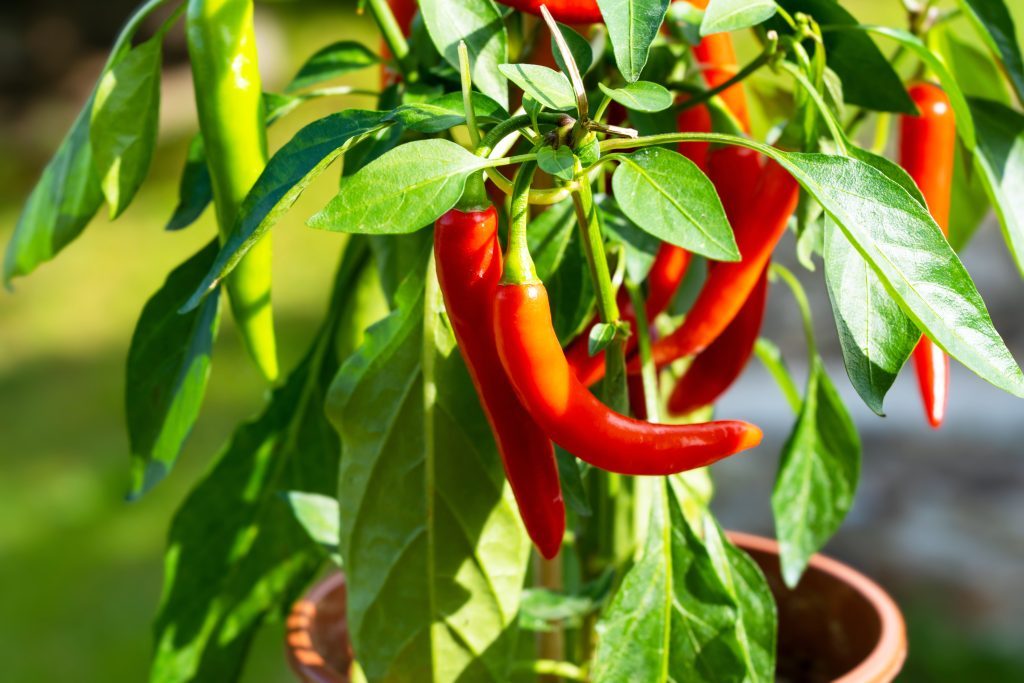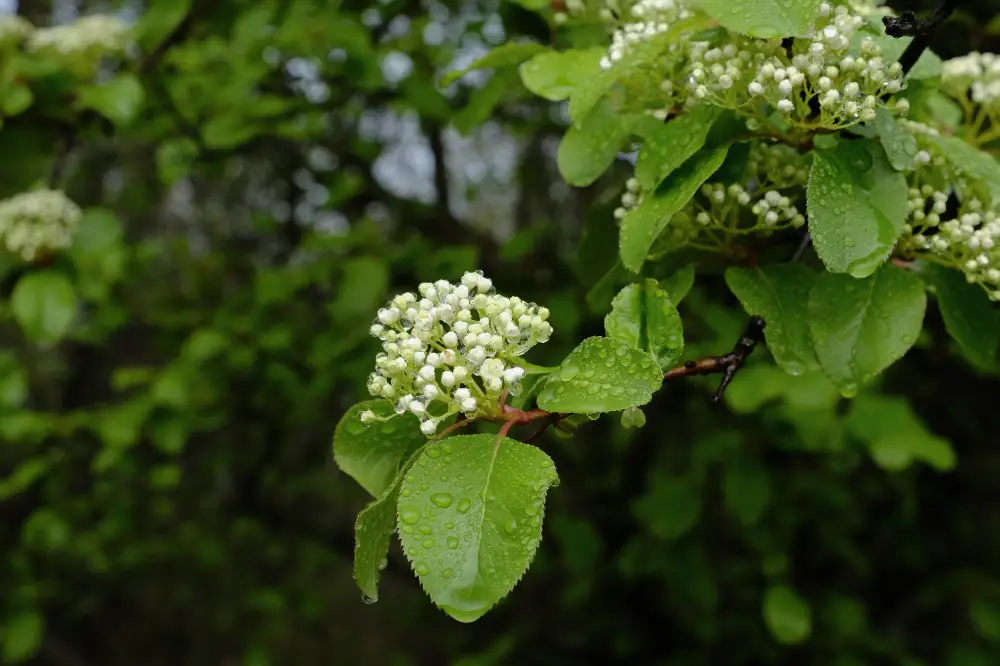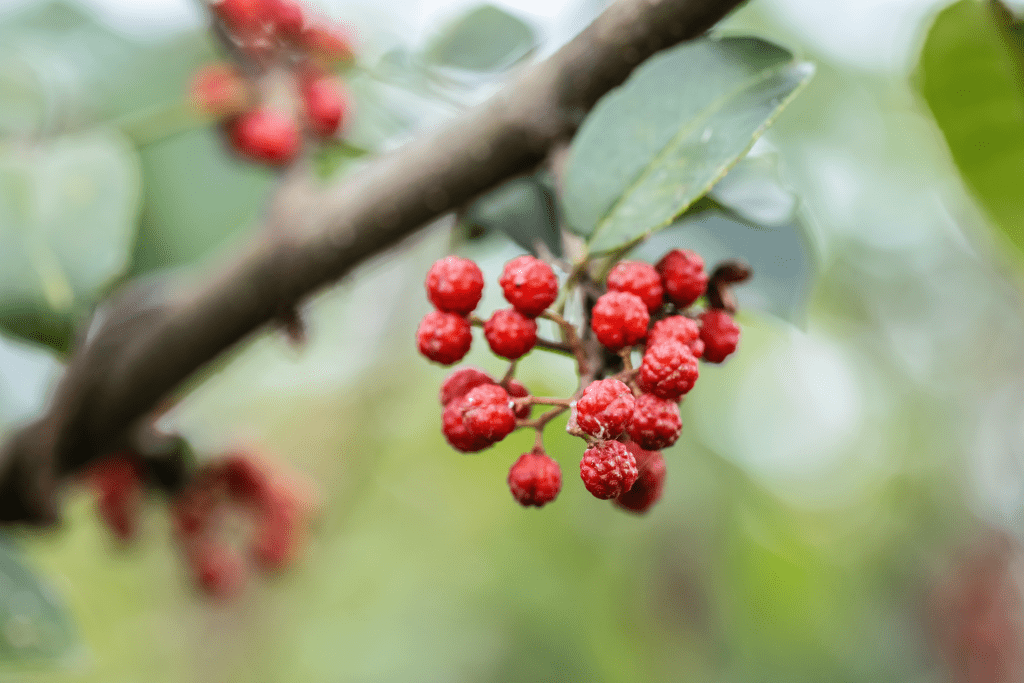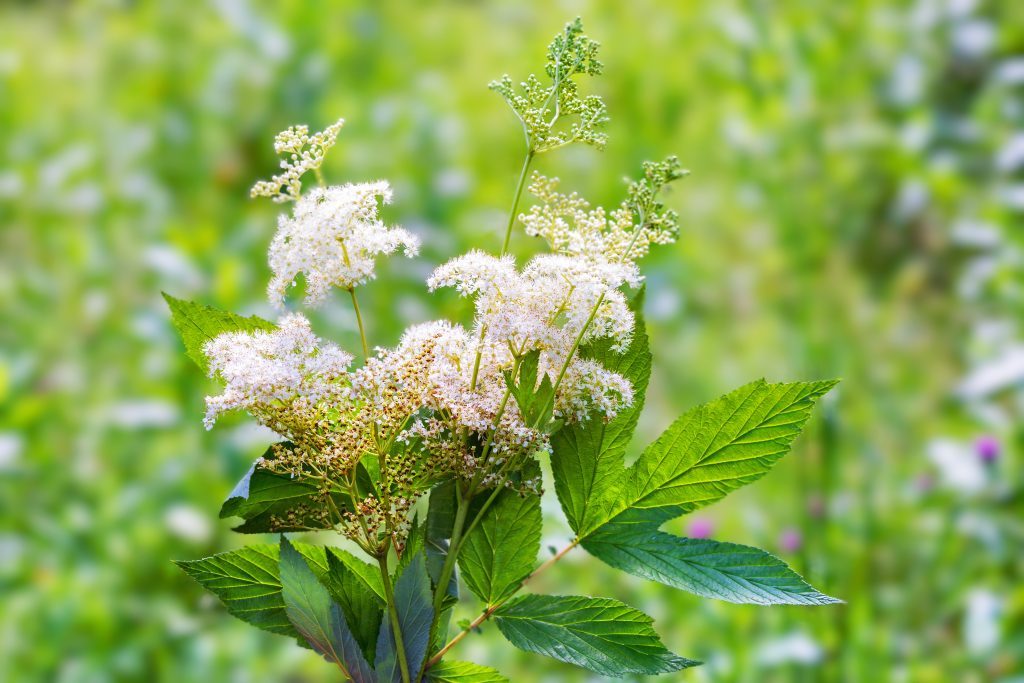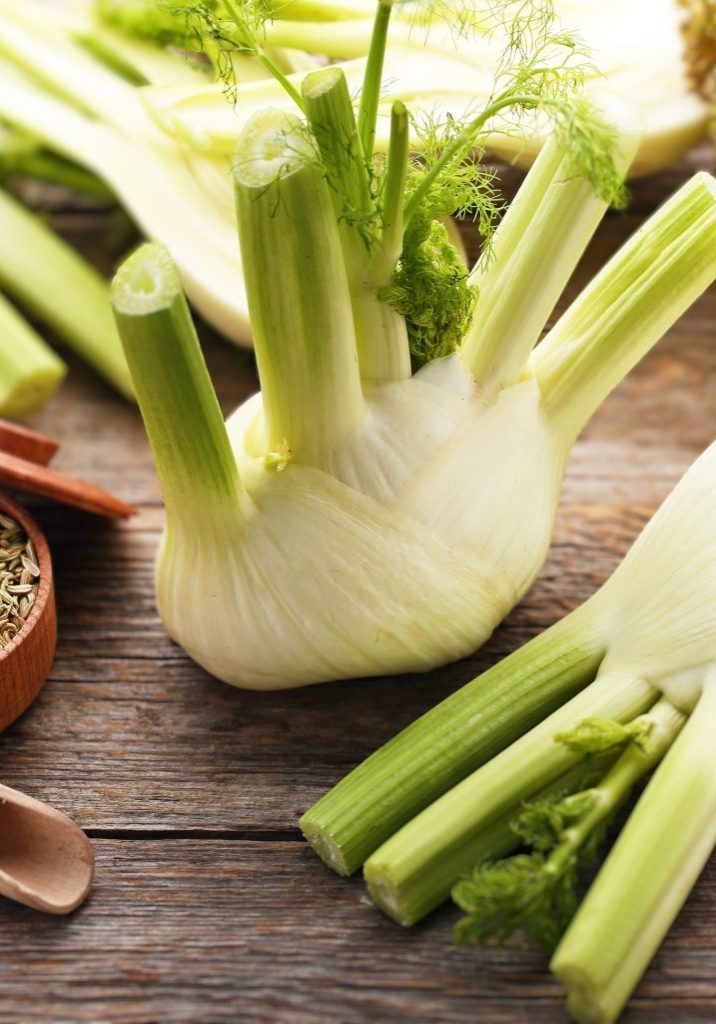
Fennel
Foeniculum vulgare
Celebrated for its culinary uses and multiple health benefits, including digestive and hormonal balance.
Superpower
Fennel’s superpower is its ability to soothe the digestive system, acting as an antispasmodic, carminative, and digestive tonic, while also offering respiratory and hormonal support through its phytoestrogenic properties.
Uses
Fennel has been used since ancient times as both a culinary herb and a medicinal plant. In traditional European herbalism, it was employed to relieve digestive discomfort, such as gas, bloating, and indigestion. Fennel seeds were also chewed after meals to freshen the breath and aid digestion. In Ayurveda and TCM, fennel was used to balance digestion, clear mucus from the lungs, and support milk production in lactating women.
Current Uses:
Today, fennel remains a popular remedy for:
- Digestive support, especially for bloating, gas, and indigestion
- Acting as an antispasmodic to relieve colic and intestinal cramps
- Respiratory health, helping to clear phlegm and soothe coughs
- Supporting hormonal balance, particularly for women, due to its mild phytoestrogenic properties
- Breast milk production (galactagogue) for nursing mothers
- Freshening breath and promoting oral health
Cautions
Toxicity:
Fennel is generally regarded as safe for most individuals when used in moderation. However, large doses of fennel seed oil or concentrated extracts may cause nausea, vomiting, or seizures in sensitive individuals due to its volatile oils.
Contraindications:
- Pregnancy: Not advised for internal use of E.O. (essential oil) during pregnancy (concentrated oil is abortifacient).
- Estrogen-Sensitive Conditions: Individuals with conditions like breast cancer, endometriosis, or uterine fibroids should use fennel cautiously due to its potential estrogenic effects.
Interactions:
- Anticoagulants: Fennel may enhance the effects of blood-thinning medications, increasing the risk of bleeding.
- Estrogenic Medications: Fennel’s phytoestrogens may interfere with hormone therapies or birth control pills.
Known Chemical Constituents
Volatile Oils:
-
- Anethole: The primary component responsible for fennel’s aromatic properties and its role in digestive support.
- Fenchone: Offers digestive benefits and supports respiratory health by acting as an expectorant.
- Estragole: Contributes to fennel’s aromatic qualities and digestive effects.
Flavonoids:
-
- Quercetin, rutin, kaempferol, glycosides: These powerful antioxidants help reduce inflammation, protect against oxidative stress, and support immune function.
Phenolic Acids:
-
- Caffeic acid, chlorogenic acid: Known for their antioxidant and anti-inflammatory properties, these compounds support overall cellular health.
Coumarins:
-
- Isofraxidin, other coumarins: Known for their antioxidant and anticoagulant properties, contributing to fennel’s circulatory health benefits.
Phytoestrogens:
-
- Anethole: Acts as a mild phytoestrogen, supporting hormonal balance, particularly in women.
Polysaccharides:
-
- Pectin, mucilage: These soothing fibers aid in digestive health, promoting healthy gut function and protecting the gut lining.
Phytosterols:
-
- Beta-sitosterol: Supports cholesterol metabolism and heart health through its anti-inflammatory actions.
Macronutrients:
-
- Protein, fat, carbohydrates: Fennel contains small amounts of these macronutrients, providing energy and contributing to its overall nutritional value.
Minerals:
-
- Calcium, potassium, sodium, iron, phosphorus: These essential minerals support bone health, electrolyte balance, blood pressure regulation, and red blood cell formation.
Vitamins:
-
- Thiamine (Vitamin B1), riboflavin (Vitamin B2), niacin (Vitamin B3), Vitamin C: These vitamins play roles in energy metabolism, skin health, immune support, and antioxidant protection.
Botanical Description
Growth Habit:
Foeniculum vulgare is a tall, perennial herb that can grow up to 2 meters (6 feet) in height. It has a hollow, grooved stem and produces delicate, feathery leaves that are finely divided.
Leaves:
The leaves are fern-like, feathery, and finely dissected into thread-like segments. The leaves are highly aromatic and can be up to 40 cm long.
Flowers:
Fennel produces umbrella-shaped clusters of small yellow flowers called umbels, which bloom from late summer to early autumn. Each umbel can have up to 50 small flowers that eventually produce seeds.
Fruit/Seeds:
The fruit, commonly referred to as fennel seed, is small, oval, and ribbed. The seeds are green when fresh but turn brown as they dry. They are highly aromatic and are often used in cooking and medicine.
Roots:
The plant has a taproot, though it is the aerial parts (leaves, seeds, and flowers) that are most commonly harvested for medicinal and culinary purposes.
Habitat:
Fennel thrives in Mediterranean climates but has been widely naturalized throughout Europe, North America, and Australia. It prefers well-drained soils and full sun, often found growing wild in coastal areas and along roadsides.
Fun Facts
In ancient times, fennel was used by Roman warriors believed to improve strength and longevity. It was also hung over doorways to ward off evil spirits during the Middle Ages.
Parts Used
Seed
Harvest
Seeds:
Fennel seeds are the most commonly harvested part of the plant. They are typically harvested in late summer or early autumn when the flower heads begin to dry and the seeds turn from green to brown. The best time to harvest fennel seeds is on a dry, sunny day when the seeds are fully mature but have not yet fallen from the flower head.
- Method: Cut the flower heads with a few inches of stem attached. Place them upside down in a paper bag to allow the seeds to fall out as they dry. After drying, the seeds can be separated from the stems by gently rubbing the flower heads.
Leaves:
The leaves can be harvested throughout the growing season, from spring to early summer, while they are still tender and vibrant. They can be used fresh in cooking or dried for later use in teas and infusions.
- Method: Use clean scissors or garden shears to clip the leaves, leaving enough growth for the plant to continue thriving.
Bulbs (if growing Florence fennel):
The bulbous base of fennel (often referred to as Florence fennel or Finocchio) is typically harvested in late summer or early fall when it reaches a size of about 8-10 cm in diameter. The bulbs should be firm and plump when harvested for culinary use.
- Method: Cut the bulb at the base, just above the root system. The bulbs can be eaten raw, roasted, or added to dishes.
Preparations
Tea/Infusion: Fennel seeds can be steeped in hot water to create a digestive tea for bloating, gas, and indigestion. It can also be used to ease respiratory discomfort and phlegm.
Tincture: Fennel seed tinctures are commonly used for digestive issues and to support hormonal balance.
Essential Oil: Used in aromatherapy for respiratory support, digestive health, and emotional grounding.
Poultice: Crushed fennel seeds can be applied topically in a poultice to relieve muscle cramps and menstrual pain.
Culinary Use: Fennel seeds and fresh leaves are used in cooking to flavor dishes and aid digestion.
Sacred Rituals
Used in Greek and Roman rituals for strength and protection.
Affirmations
“I trust in the power of clarity and strength, allowing myself to digest life’s challenges with ease and focus.”
Spiritual Associations
Fennel’s association with mental clarity and vision ties it to the Third Eye Chakra, helping to sharpen one’s intellect and intuition.
Functions
The overall well-being and optimal functioning of the digestive system, which includes the gastrointestinal tract, liver, pancreas, and other supporting organs. It encompasses the processes of breaking down food, absorbing nutrients, and eliminating waste, as well as maintaining a healthy balance of gut microbiota.
DiureticA diuretic is a substance that promotes the increased production and excretion of urine, helping the body eliminate excess fluids and salts through the kidneys.
Emmenagogue (stimulate menstrual flow)An emmenagogue is a substance that stimulates or regulates menstrual flow and can help address menstrual irregularities or delayed periods.
Expectorant (clears mucus)Galactogogue (Increase breast milk)A galactagogue is a substance that stimulates or increases the production of breast milk in lactating individuals, supporting both the quantity and quality of milk supply.
Menstrual HealthMenstrual health refers to the overall well-being and proper functioning of the menstrual cycle, including hormonal balance, cycle regularity, and the absence of significant pain or discomfort.
PhytoestrogenicA phytoestrogenic substance contains plant-derived compounds that mimic or modulate the effects of estrogen in the body by binding to estrogen receptors.
Respiratory HealthRefers to the optimal functioning of the lungs and airways, enabling efficient breathing and the exchange of oxygen and carbon dioxide.

